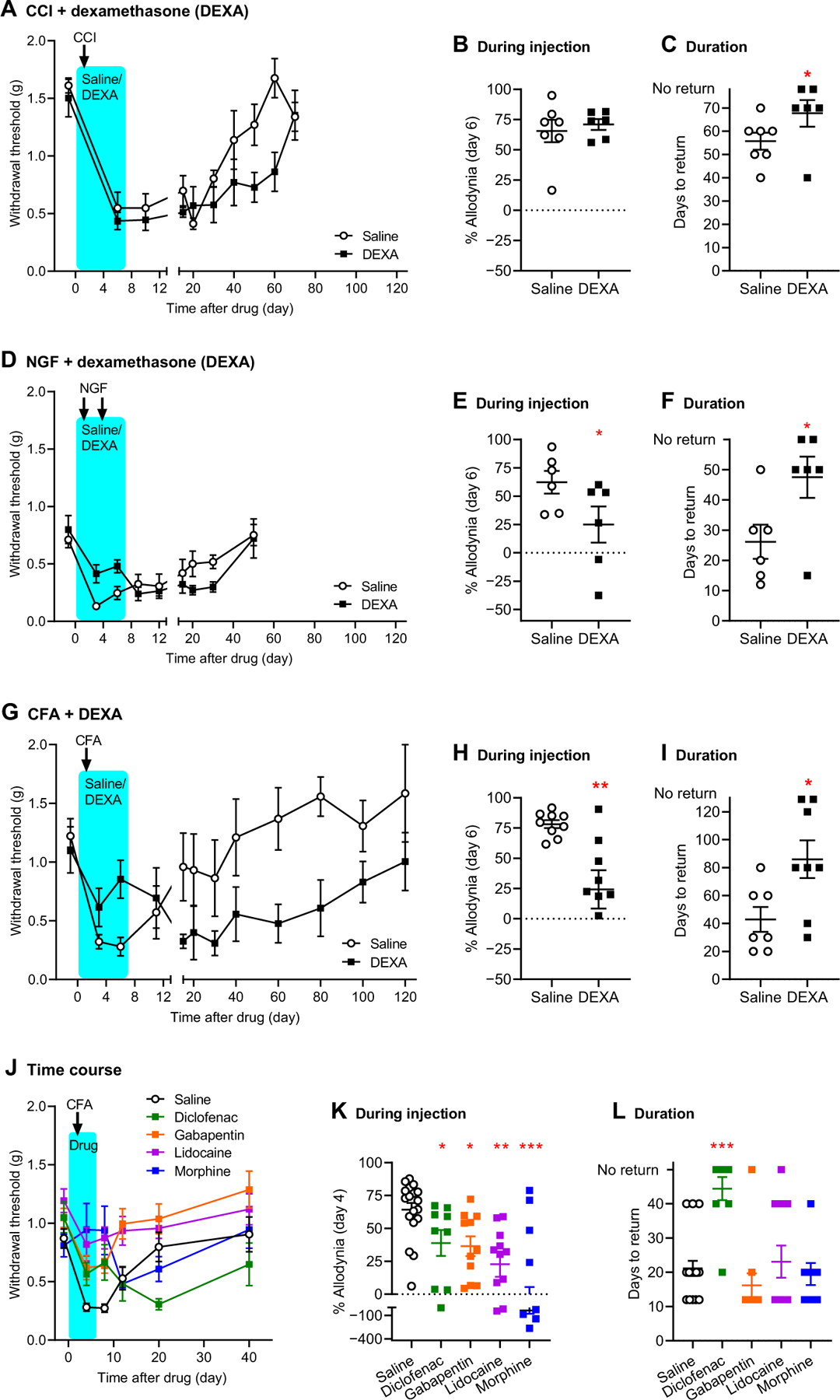Fig. 4. Prolongation of neuropathic and inflammatory pain by early anti-inflammatory treatment.

(A) Mechanical pain thresholds before and after chronic constriction injury (CCI) of the sciatic nerve in mice treated from days 0 to 6 with saline or dexamethasone (DEXA). Symbols represent means ± SEM hind paw withdrawal threshold (g). (B) Percentage of maximum possible allodynia (% allodynia) on day 6 after drug; see Materials and Methods for calculation details. Error bars represent SEM. (C) Days required to return to baseline thresholds; see Materials and Methods. Error bars represent SEM. Mice not returning to baseline by day 70 were assigned a value of 80. (D) Mechanical pain thresholds before and after hind paw injection of nerve growth factor (NGF) into the muscles of the low back in mice treated with saline or DEXA. Symbols as in (A). (E) Percent allodynia on day 6 after drug. (F) Days to return to baseline; mice not returning to baseline on day 50 were assigned a value of 60. (G) Mechanical pain thresholds before and after hind paw injection of complete Freund’s adjuvant (CFA) in mice treated with saline or DEXA. Symbols as in (A). (H) Percent allodynia on day 6 post-drug. (I) Days to return to baseline; mice not returning to baseline on day 120 were assigned a value of 140. (J) Mechanical pain thresholds before and after CFA in mice treated with saline, diclofenac, gabapentin, or lidocaine. Symbols as in (A). (K) Percent allodynia on day 4 after drug. (L) Days to return to baseline; mice not returning to baseline on day 40 were assigned a value of 50. *P < 0.05, **P < 0.01, and ***P < 0.001, compared to the corresponding saline group.
